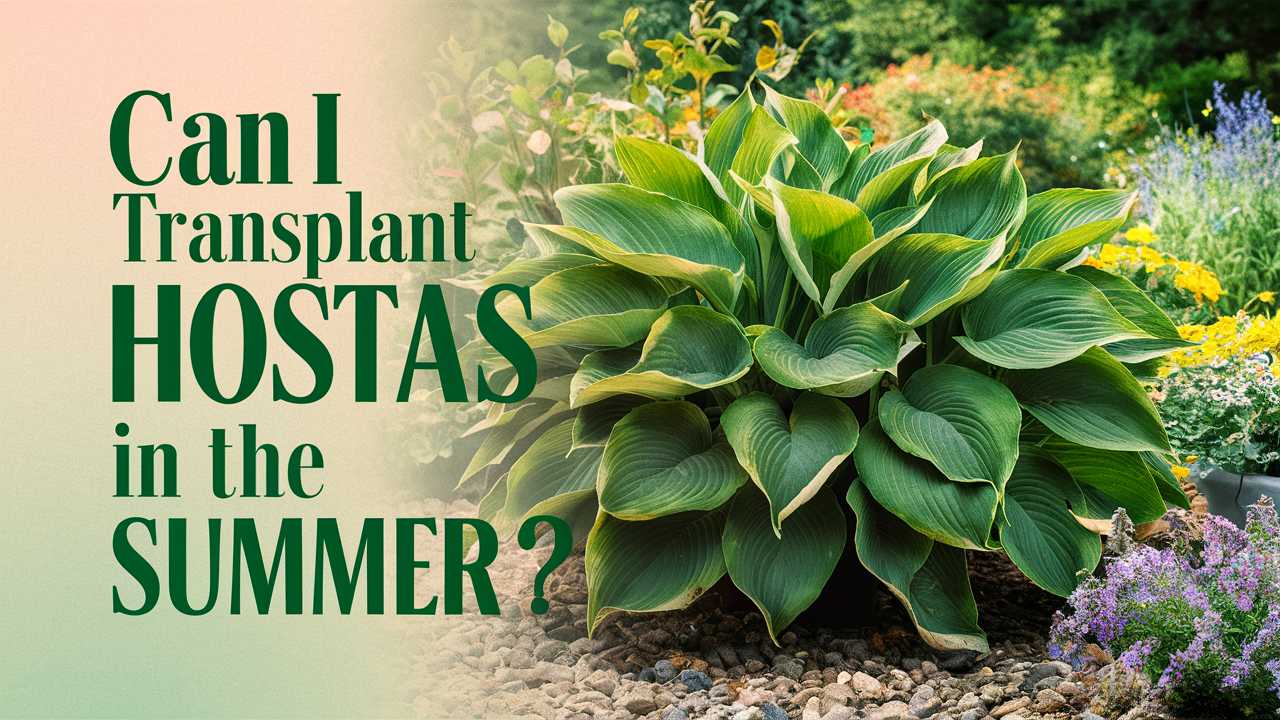Can I transplant Hostas in the summer? In this extensive guide, we’ll explore all aspects of summer transplanting, providing you with the information you need to make a well-informed decision.
Understanding Hostas
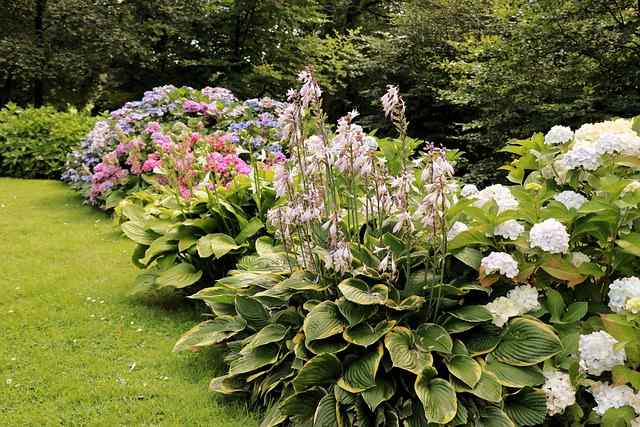
Before diving into the practicalities of transplanting, let’s take a closer look at what Hostas are. Native to East Asia, Hostas are shade-loving perennials that have become staples in many gardens, particularly in areas with partial to full shade. Known for their vibrant leaves—ranging from deep green to variegated hues—Hostas are prized not just for their aesthetic appeal but also for their low maintenance requirements.
Why Transplant Hostas?
You might wonder why you would transplant Hostas in the first place. There are several reasons:
Aesthetic Changes: Your garden design might evolve, necessitating a shift in plant placement.
Overcrowding: Hostas can grow significantly over time, leading to overcrowding where they compromise each other’s growth.
Health Issues: If a Hosta starts exhibiting signs of disease or pest problems, transplanting it away from the affected area can be a smart move.
Improved Conditions: Some locations may be more favorable for growth due to sunlight, moisture, or soil conditions.
The Summer Conundrum
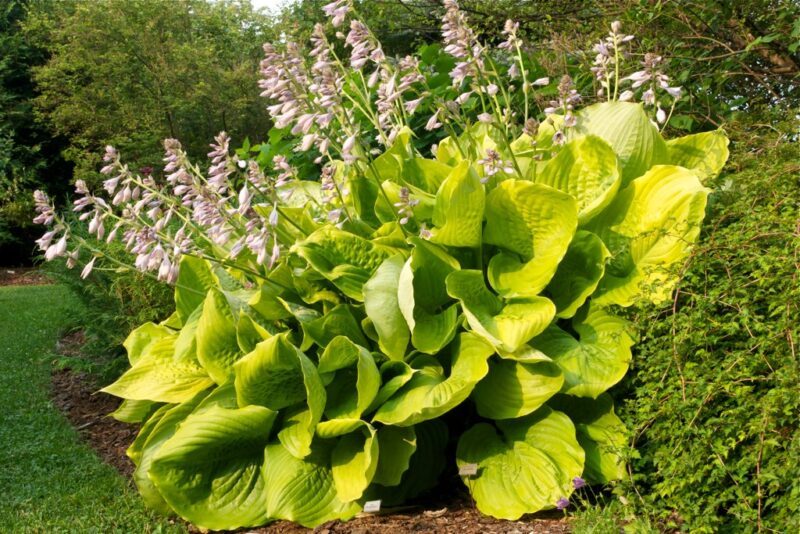
Typically, the best time to transplant Hostas is in the spring or early fall. Both seasons are characterized by milder temperatures and naturally higher moisture levels, allowing the plants to adjust effectively to new conditions. However, if circumstances dictate that a summer transplant is necessary, understanding the unique challenges posed during this season is crucial.
Ideal Conditions for Summer Transplanting
If summer is your only option for a Hosta transplant, keep these considerations in mind to create ideal conditions:
Timing: The best time to transplant is typically early in the morning or late in the afternoon when temperatures are cooler. Avoid middle-of-the-day heat when the sun is at its peak.
Watering: Ensure the Hostas are well-watered before you dig them up. This helps minimize transplant shock and keeps the root systems hydrated during the move.
Soil Preparation: Before you dig, ensure that the new location is prepared with well-draining soil mixed with organic matter to improve nutrient content.
Steps for Transplanting Hostas in Summer
If you’re ready to take the plunge and transplant your Hostas this summer, follow a systematic approach to reduce stress on the plants.
Step 1: Plan Your New Location
Select a spot that meets the specific light, moisture, and soil requirements ideal for Hostas. Since they thrive in shaded areas, ensure your new location provides partial to full shade.
Step 2: Watering the Day Before
Water the Hostas thoroughly a day before transplanting. This step hydrates the plants, making the soil easier to work with and promoting root health.
Step 3: Digging Up the Hostas
Use a spade or garden fork to carefully dig around the Hosta, aiming for a minimum of a foot radius around the crown to capture as many roots as possible. Gently lift the plant from the ground, shaking off excess soil.
Step 4: Replanting
Place the Hosta in its new hole at the same depth it was growing before. Fill in around the roots with soil and gently press down to eliminate air pockets. Water immediately to help settle the soil.
Step 5: Post-Transplant Care
Monitor your newly transplanted Hostas closely in the weeks following the move. Stress from transplanting often leads to wilting or leaf drop, especially in summer. Water consistently but avoid overwatering.
Potential Challenges of Summer Transplanting
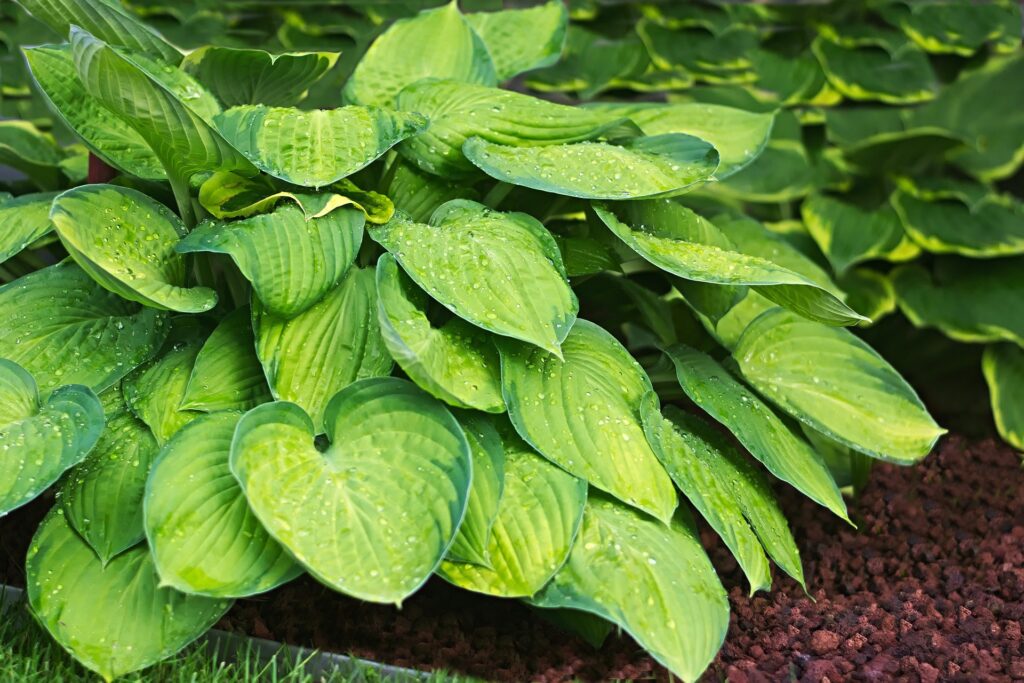
Despite your best efforts, there are challenges to be aware of when transplanting Hostas during the hot summer months.
Transplant Shock
Transplant shock is a common issue that occurs when plants are moved to a new location. Symptoms include wilting, yellowing leaves, or slow growth. Summer transplanting, alongside the heat stress, can exacerbate these issues. To mitigate shock, ensure consistent watering, and consider applying a liquid fertilizer to give your plants a nutrient boost.
Heat Stress
Summer’s heat can lead to rapid moisture loss, increasing the risk of heat stress. Regularly inspect the soil moisture, maintaining a balance that keeps the roots moist but not waterlogged. Shade cloth can also provide temporary shelter during particularly hot days.
Pest and Disease Pressure
With warmth comes the potential for pest issues. Keep an eye out for common pests like slugs, which are known to haunt Hostas. Regularly examine your plants for signs of trouble and act promptly if you observe any issues.
Advantages of Summer Transplanting
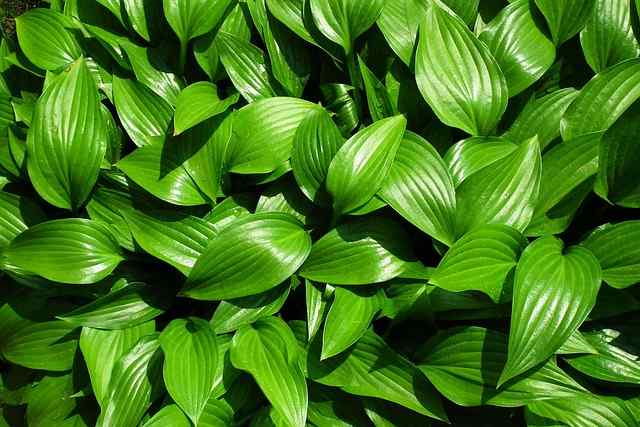
While summer transplanting poses its unique challenges, it can also come with certain advantages:
Extended Growing Season
Transplanting in summer allows you to rejuvenate overgrown sections of your garden without waiting for cooler temperatures. This can effectively extend your growing season, giving the Hostas more time to establish themselves.
Opportunity for Correction
If you mistakenly planted Hostas in an unsuitable location previously, summer transplanting allows you to correct that mistake without having to wait until spring or fall.
Personal Timing
Sometimes, life doesn’t align perfectly with gardening schedules. If summer is when you have time to focus on your garden, then it may just be the right time for you to transplant Hostas.
Successful Maintenance Post-Transplant
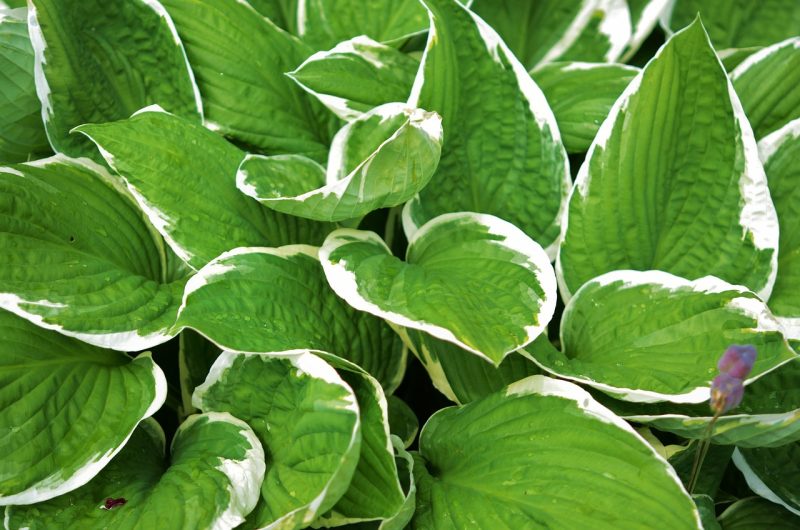
Once your Hostas are successfully transplanted, diligent aftercare is key to ensuring their survival and success.
Watering Routine
The newly transplanted Hostas will require a bit more attention in the days and weeks following the move. Water deeply once or twice a week, depending on rainfall, to help establish strong roots.
Mulching
Applying a layer of mulch can be particularly beneficial for maintaining soil moisture. Organic mulch will not only help regulate temperature but will also decompose over time, enriching the soil.
Monitoring Growth and Adjustments
Keep a close watch as the Hostas adjust to their new environment. If you notice stunted growth or continued wilting, reassess the new spot—consider factors such as light exposure, soil quality, and moisture levels.
Conclusion
Transplanting Hostas in the summer might seem a daunting task, rife with challenges such as heat stress and transplant shock. However, with proper care and considerations, it can be successfully accomplished. By understanding the ideal conditions, knowing when to perform the transplant, and providing attentive post-transplant care, your Hostas can thrive in their new home.


